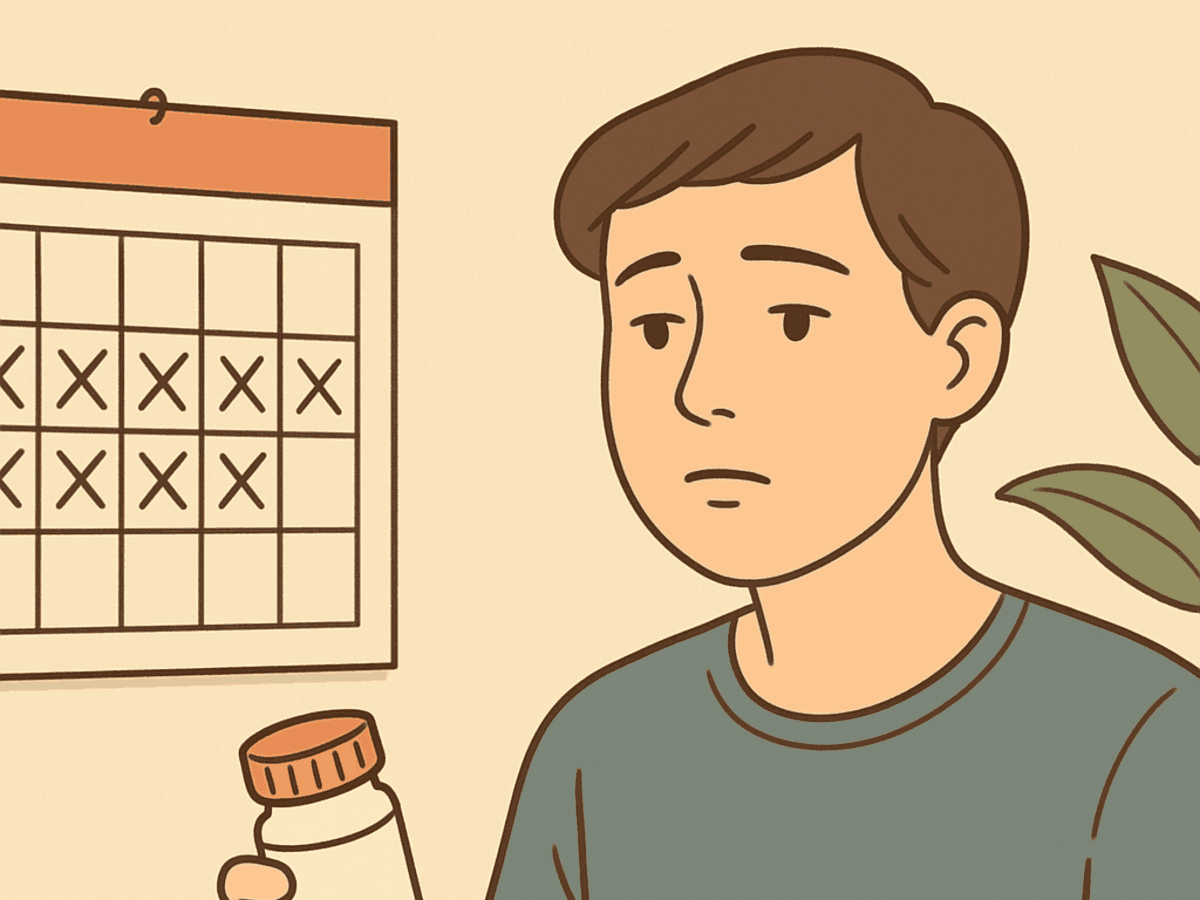What to Expect from a Typical TMS Treatment Plan
If you’re considering TMS therapy for depression, anxiety, or OCD, you might be wondering what a typical treatment plan looks like. Here’s a simple breakdown of what to expect from a standard course of transcranial magnetic stimulation (TMS)—a safe, non-invasive, and FDA-cleared option for mental health treatment.
Step 1 — TMS Mapping Session
After the initial TMS mapping session, which helps identify the precise area of the brain to stimulate.
Step 2 — Daily Treatment Phase
- Schedule: Five days a week for 4–6 weeks
- Session length: 18–20 minutes with an H1 coil
- Expected timeline: Most people begin noticing improvement after 2–4 weeks
Step 3 — Continuation Phase
After the acute phase, treatment often tapers:
- Frequency: Two treatments per week
- Duration: Up to 12 additional weeksWhy it matters: Research shows that 72.7% of patients who didn’t improve during the daily phase experienced significant relief in this continuation phase (Yip et al.).

What If You’re a Late Responder?
It’s common for some individuals to experience improvement later in the process. Lack of early changes does not mean TMS isn’t working.
Is TMS Right for You?
If you’re looking for a medication-free treatment for depression, anxiety, or OCD, TMS therapy may be a powerful option to consider.
Interested in TMS therapy?
Schedule a consultation with Clear Path Psychiatry to learn more about treatment options tailored to your needs.













